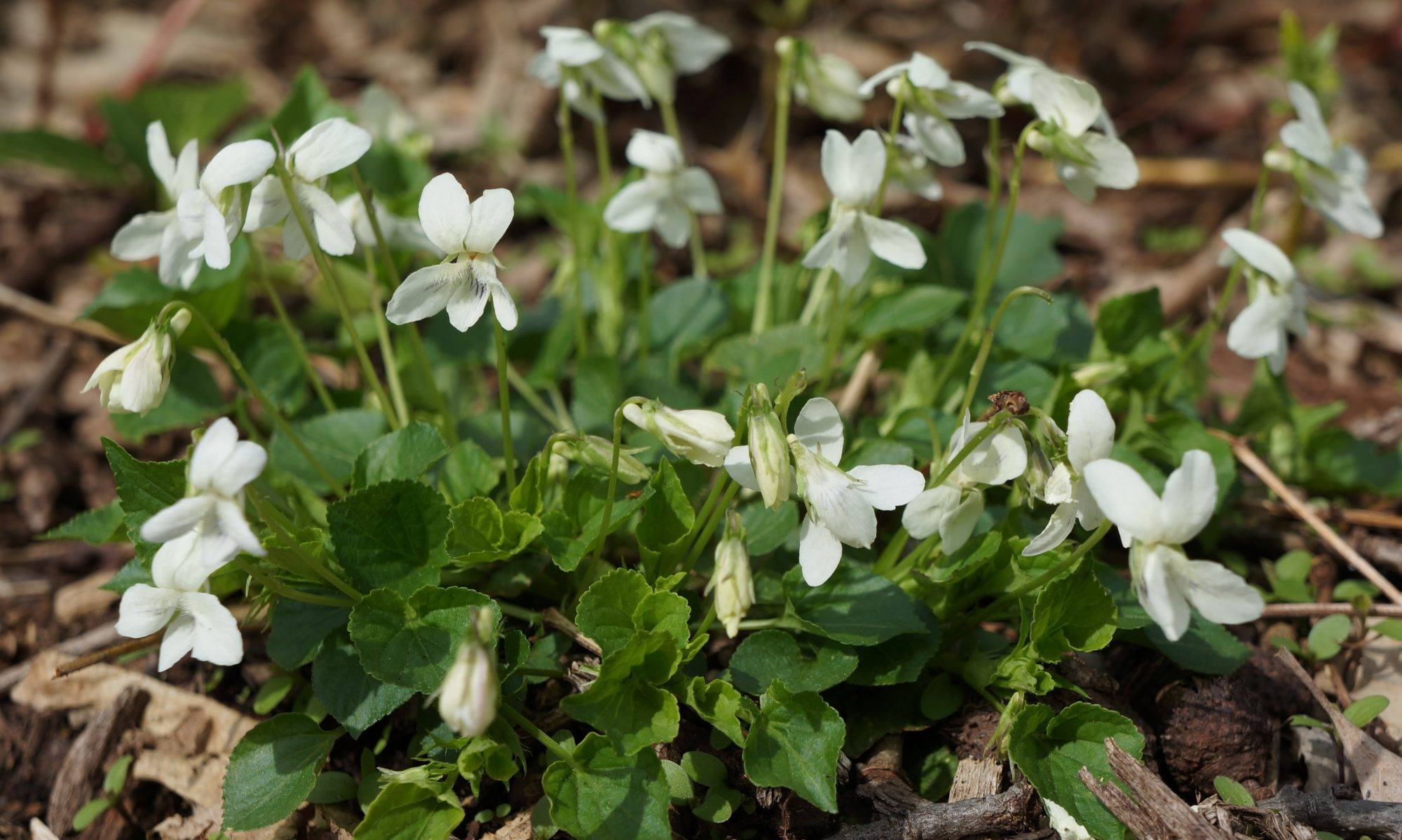February Gardening
Zone 5
Order seeds
Sow seeds for hardy spring-blooming plants
Cut back on feeding houseplants (do not feed dormant houseplants)
Sow seeds for cool-weather vegetables
Sow frost-tolerant perennials indoors
Shrubs and trees
Deciduous shrubs and trees are still dormant enough to transplant this month, once the buds have begun to swell, it will be too late. Click these links for information on transplanting azaleas or moving specimen plants.
Trees which weren’t fed last fall should be deep fed by punching a series of 1-2 inch holes two feet apart around the drip line and filled with an appropriate food. A mulch of well composted manure is also an excellent treat for your tree.
Mid to late February is the time to fertilize shrubs and evergreens. Use an acid type rhododendron fertilizer to feed evergreens, conifers, broad leaf evergreens, rhododendrons, azaleas and camellias. Use an all-purpose fertilizer to feed roses and other deciduous trees and shrubs. If you use dry type fertilizers, be sure to water it in thoroughly.
Prune your summer flowering shrubs now but be aware that spring bloomers have already produced their buds last fall, and pruning them now will result in the loss of flowers. Forsythia, quince, spirea and other early spring flowering shrubs should be pruned a little later, after they have finished flowering. Pruning to improve the shape of the plant, as well as to open up the center of the plant to good air circulation and sun exposure. Always start your pruning by removing all dead, decayed or broken branches.
It’s a good time to stroll around and trim back any branches that were damaged by the ravages of winter.
If you haven’t yet applied your dormant fruit spray, DO IT NOW!!
Perennials, annuals, and bulbs
Plants which may have been pushed out of the ground by frost heave should be pressed firmly back into place.
Plant daylilies, bleeding hearts, and plantain lilies this month.
Deciduous vines such as honeysuckle should be pruned and shaped.
Most perennials may be divided and moved up until they begin to show new growth.
Check your stored plants such as fuschias and geraniums, and if they are shriveled water them lightly.
Summer flowering bulbs may try to start into growth if they are subjected to heat. They should be kept very dry, and stored at 45 degrees F. If they are shriveling, put them into slightly damp peat moss, but keep them cool!
If you plan to grow lobelia, ageratum, verbena, petunia, vinca, or other slowing plants from scratch, the seeds should be started indoors in the latter part of the month.
Climbing roses should be thinned out to get rid of last years tangled growth.
